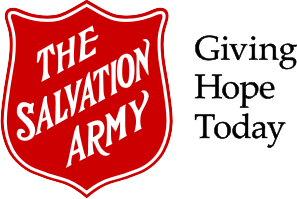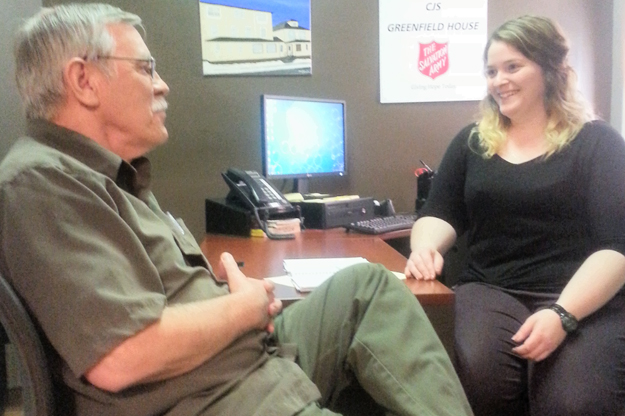The Salvation Army and Restorative Justice

“I will never forget my first brush with injustice” says Matt Delaney. “I was so hurt. I wanted pay back. I wanted to retaliate, to return the favour that I didn’t ask for. I did fight back. Strange though, after I unleashed my vengeance, all I felt was empty and alone. What was wrong with me? Where was the justice I was looking for? Why didn’t I feel justified?
The Salvation Army commenced a social outreach in Canada in 1886. This branch of the Army expanded considerably to include corrections and justice services that have developed successful widespread work in Canadian communities.
“The Salvation Army practices Restorative Justice in some of its ministry units, while restorative principles are prevalent in all correctional and justice ministry,” says Caitlin Bancroft, social services consultant for The Salvation Army. “Restorative Justice is an approach to justice that focuses on repairing the harm caused by crime, while holding the offender responsible for his or her actions. It is a practice that seeks to heal all parties affected by crime (victim, offender, community) as opposed to primarily punishing the law breaker.”
Restorative Justice in Action
“Just the other day I was asked to assist with a ‘Restorative Conference’ at a school where The Salvation Army serves,” says Matt Delaney, restorative justice facilitator for The Salvation Army in Richmond Hill. “My role was to be a ‘co-facilitator’ for the conference. I was to assist in the interviewing process, and before the conference began I made sure all parties agreed to the parameters of the conference dialogue.
“The happenings that brought this conference into being were hostile in nature. There were some concerns as to how this conference would flesh itself out as the hostilities with all offenders have run deep for some time now. The situation involved fighting on school grounds and verbal threats made to students, parents and others outside the school. The conference conversation itself involved a number of girls, their parents, siblings, faculty members and two facilitators. The conference itself took two hours.
The dialogue started with parents and students displaying emotions of sadness, anger, hostility, and notions of ‘payback’… in the end in repentance, resolution, tears and embrace was shared throughout the group. Some moments were tense to say the least. I have never been so moved during a Restorative Conference. I truly believe this is a result of careful attention to details and a dedication to a painstaking shift in our justice efforts from punitive practices to restorative ones. It was physically obvious, in our conversation and in goals resulting from the conference that all the students had been deeply moved and have dedicated themselves to a ‘mind shift’ as it pertains to justice.
In Huron County, Southern Ontario, The Salvation Army Community Alternatives for Youth, Youth Justice Committee Program was established in November 2009.
Jessica Davies, youth justice committee coordinator, recalls a time when restorative justice achieved what it set out to do.
“The offender was a 16-year-old male who, in the very early hours of one summer morning, walked down a neighbourhood street and vandalized and rummaged through unlocked vehicles. His parents thought he was staying over at a friend’s house. The youth took full responsibility for the offence and agreed to participate in a restorative conference, along with his parents who were there for support. There were three identified victims and only one chose to participate. Not only did the victim have the opportunity to tell the young man how he had been affected by his irresponsible actions, but the youth had the opportunity to apologize face-to-face and also share his story.
“He was known in his small town as a troublemaker and therefore was unable to obtain employment. He went on to explain that he was looking for money in unlocked vehicles because he hated having to constantly ask his parents for money. In no way did this justify his actions, but it made all of us understand what motives were driving his behaviour. To address this, it was agreed that this young man would complete community service hours in order to build job skills and gain work experience. He thrived at his community service placement and quickly completed his required hours. He continued to volunteer after he had fulfilled his obligation and was eventually hired by the placement for the summer. About four months after the conference had taken place, this young man’s mother called to thank me and tell me how effective the process had been and the total change she had seen in her son.
“Could our traditional justice system have offered the same outcome? Obviously we will never know. But in that particular case, the restorative process proved that it can achieve what it is set out to do.”

